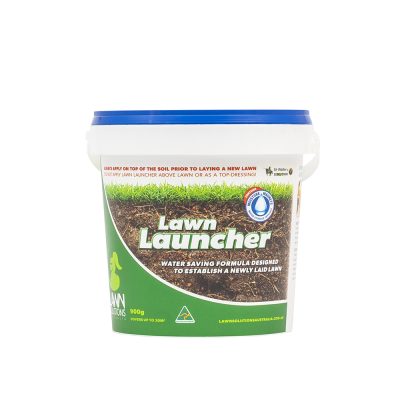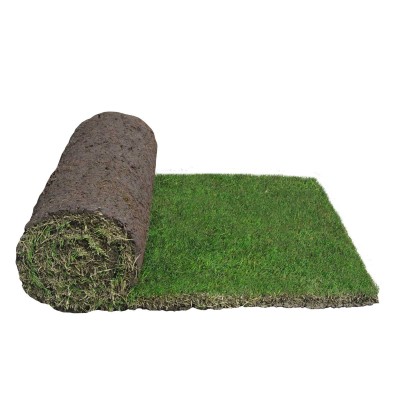Have you ever been curious about the anatomy of grass or wondered what each part of the plants function is? In this blog, we dissect grass and examine each part’s role in creating a lush and healthy lawn.
What Are Rhizomes?
Below the surface of your lawn, there are stems known as Rhizomes. A common misconception is that the rhizomes below the surface are roots, when in fact they are a stem.
Rhizomes grow below ground for a short distance, then rise to the soil surface to form new shoots. In some grass species, rhizomes produce growing points (often called nodes) which give rise to roots and shoots forming new or ‘daughter’ plants. Rhizomes are usually white.
What Are Stolons?
When discussing our lawn spreading or establishing, we tend to talk about the runners or stolons that run above the surface. Stolons are stems, that produce nodes from which new plants form. Stolons will help to spread into bare spots and thicken a lawn.
Stolonising or sprigging is the process of planting stolons of grass. These stolons are broken up to a singular runner and are planted into the ground. The nodes on the stolon will then grow and produce a root system. Over time the grass will thicken up and cover the area. This process is mostly used on sporting surfaces like fields and golf greens.

All warm-season grass plants have stolons (above-ground runners), while some varieties, such as Kikuyu, Couch, and Zoysia have stolons and rhizomes (underground runners).
Primary and Secondary Roots on Turf
Another part of your grass’s anatomy is the primary and secondary roots. Primary roots are the first roots that develop from the embryo or grass seed. When installing turf, you are looking for secondary roots for establishment which come from nodes on horizontal stems (stolons).

Where Are Nodes on Grass?
The nodes on grass can be identified as the bulbous points along a runner of grass. These are the points where there is lots of cellular activity and growth occurs. The nodes are the points from which the grass can recover if the plant becomes damaged. Nodes also have the ability to create new turfgrass plants.
Where are the Internodes on Grass?
Another part of your grasses’ anatomy is the internodes. The internode is the plant material between each node. The internode is responsible for transporting nutrients throughout the plant.
What is a Sheath on Turf?
The sheath is the lower portion of the grass’ leaf blade that usually surrounds a node and stolon.

What are Lawn Seed Heads?
When seed heads start to appear on your lawn, your first reaction might be to worry something is wrong, or stress that the seed heads are weeds! However, seed heads are a perfectly normal occurrence, and in most cases, they will go away on their own within a few weeks.
Seed heads can be easy to avoid for the most part, by sticking to a consistent lawn care program. If you do have seed heads growing, you can simply give the lawn a mow to remove them. If they are sticking around for a bit longer, make sure the lawn is getting watered and mown regularly and give the lawn a fertilise if you haven’t recently.
The appearance of seed heads will differ between lawn types.
- Buffalo seed heads have a very similar appearance to asparagus. They usually grow at the same height or just above your lawns leaf height.
- Couch seed heads can be green to purple in colour and will grow on a stem above the grass level. At the top of the stem, there will be a cluster of spikes (usually two to six spikes) that hold the seeds. These spikes are around two to five cm long.
- Zoysia seed heads will either be white or purple in colour. They will feel ‘tough’ to touch and will come from one stem with small flowers that hold the seeds.
Seed heads produced with common grass varieties like Sir Walter Buffalo, Sir Grange Zoysia, TifTuf Hybrid Bermuda, and Eureka Kikuyu are sterile. This means that the seed it produces won’t grow a new plant. Therefore, these grasses can only be spread by vegetative sprigs or stolons.

For more lawn care tips and advice, check out our lawn care page here.


